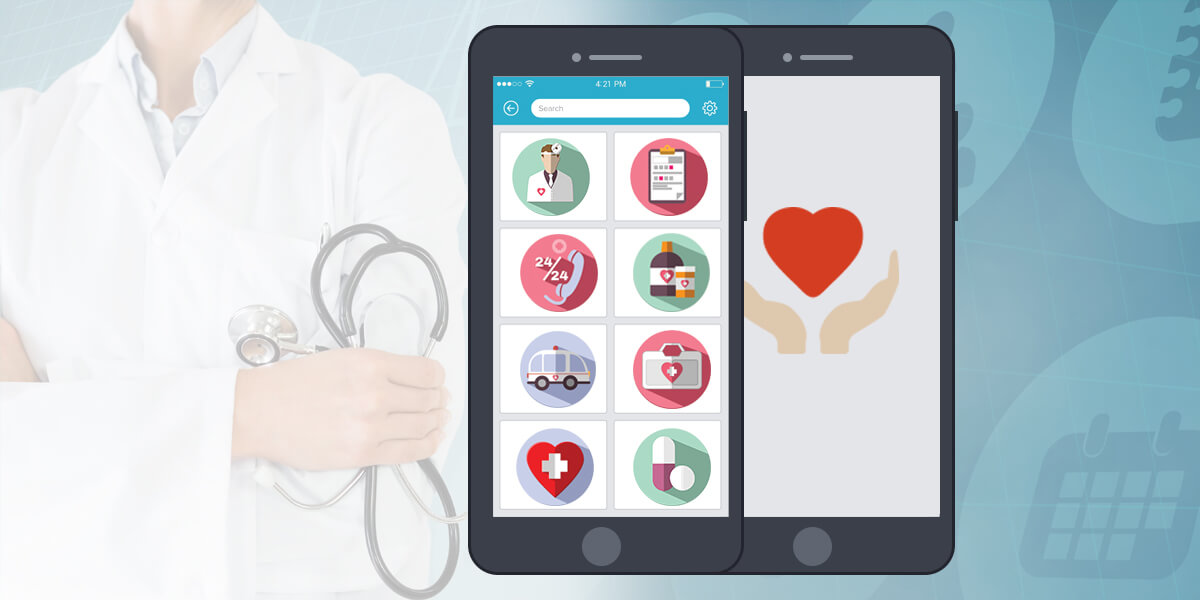Did you know that 5% of total U.S adults are misdiagnosed every year?
For medical practitioners, choosing the right imaging test with regard to a patient’s preliminary symptoms can be challenging. However, new research suggests that Smartphone apps can assist physicians in getting it right.
New research from Baylor College of Medicine says mobile applications can help physicians order laboratory tests in q quicker and efficient manner, aiding in improved diagnosis. Ashley Meyer, Assistant Professor of Medicine at Baylor and Researcher in the Houston Veterans Affairs Center for Innovations in Quality, Effectiveness and Safety said in a statement, “There are increasingly more physician-focused health apps available, and while physicians are becoming more comfortable using these apps, they don’t necessarily know which ones can help with diagnosis because they haven’t been evaluated.”

In a recent study by researchers from Baylor and the Centers for Disease Control and Prevention, they evaluated whether a mobile application can enhance test ordering and diagnostic decisions of physicians for patients having certain bleeding and coagulation disorders. The study results showed that when physicians used the mobile app, the precision of their testing decisions and the diagnosis was 13% higher than a traditional clinical decision support system. Furthermore, the app assisted physicians to come to an effective diagnosis, which is about 51 seconds faster than the latter, ensuring a reduction in time of 22%.
Mobile App Aids in Choosing the Right Imaging Test
Continuous studies by researchers have also resulted in Smartphone applications that help streamline the testing decision-making and diagnosis process. The key objective is to help ordering physicians determine the right imaging test under a variety of medical conditions. In this regard, mobile applications were developed that provides an accurate and effective imaging test recommendation to facilitate quicker and cost-effective diagnosis. With the aid of Smartphone applications, physicians can now identify the optimal course of action for the patients in just a few taps, without having to go through bulk textbooks.
How Smartphone Apps Work?
The advanced apps use complex algorithms to uncover common medical situations, and the appropriate imaging test to diagnose each injury or disease. Besides providing quick recommendations, the apps provide a list mentioning the pros and cons of each test, procedural preparations, and what results you can expect. Most of these applications are easy-to-use and interactive, aiding in faster decision-making. However, the apps only help the ordering physicians choose the most relevant imaging test; they do not assist in interpreting results or recommending diagnosis – something which only a proficient radiologist can do.
Advantages of Using Mobile Apps for Test Decisions and Diagnosis
Below are the benefits of using Smartphone applications to choose an appropriate imaging test for patient diagnosis:
- With the aid of mobile apps, ordering physicians can easily uncover various medical conditions and the relevant imaging test for the same.
- Compare the advantages and drawbacks of each imaging test, their procedural preparations, precautions to be taken, etc. This aids in prompt and effective decision-making.
- The apps prevent physicians from performing needless and costly imaging tests.
- Aids in faster decision making, allowing doctors to cut down time from the diagnostic process.
SepStream® offers intuitive and affordable EMR/RIS/PACS imaging solutions with an easy-to-use and flexible interface. The 100% web-based solutions aid in accurate radiology reporting, helping in quick and effective diagnosis.